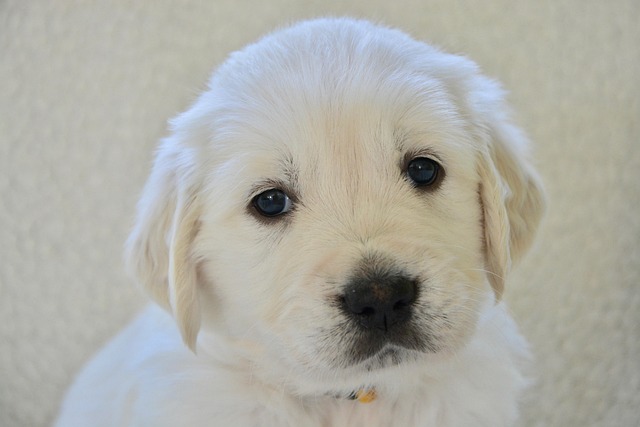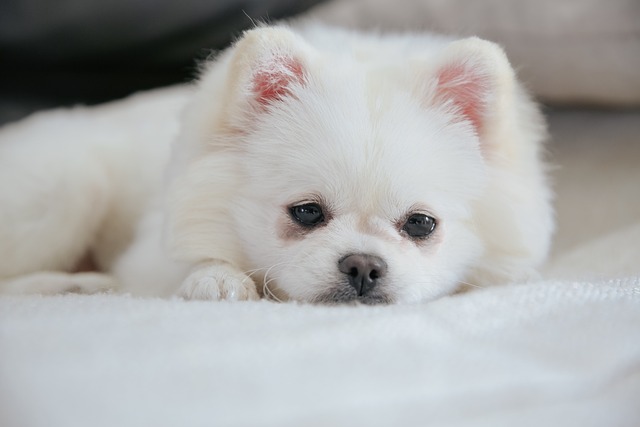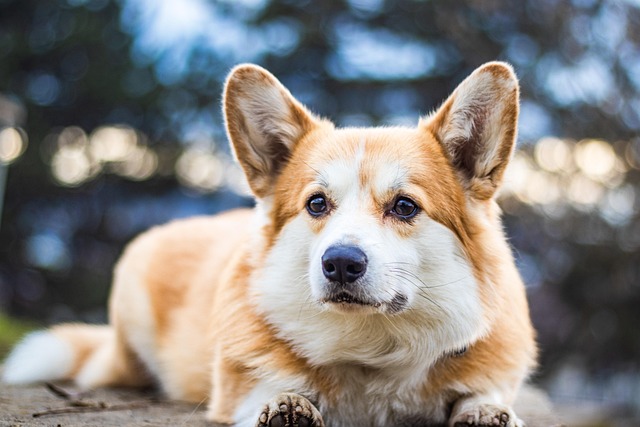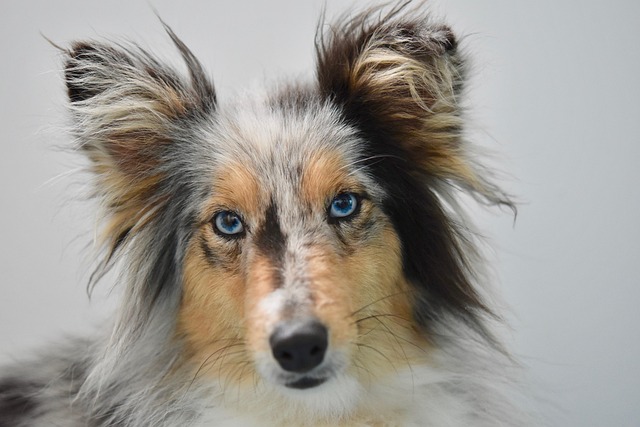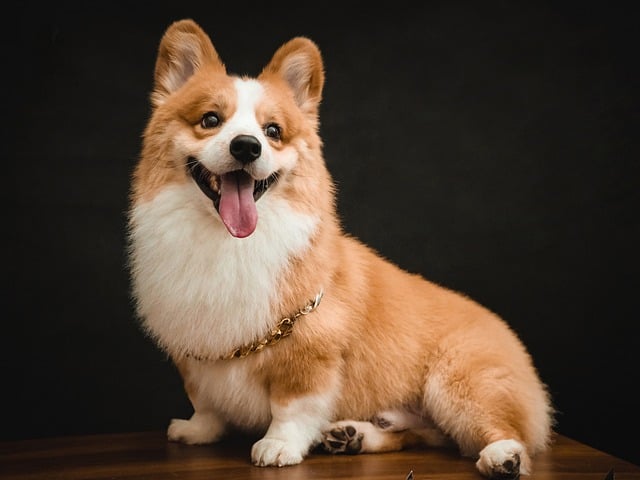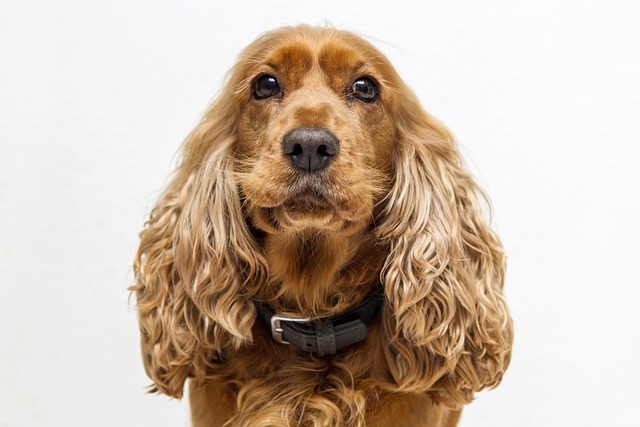I came home to a shredded couch cushion last Tuesday—my 1-year-old border collie, Jax, sitting in the middle of the mess, tail tucked. I’d only been gone 45 minutes, but to him, it might as well have been hours. Destructive behavior when left alone isn’t about “revenge” or “being bad”—it’s usually boredom, anxiety, or a mix of both. Let’s break down how to help your dog feel calm enough to leave your favorite shoes (and couch) intact.
Dogs are social creatures, and in your absence, their brains can swing between two extremes: understimulated (so they chew to entertain themselves) or overstimulated (anxiety makes them gnaw to self-soothe). Jax, for example, is a herding breed—his brain craves “jobs,” and without one, he invents his own (like dismantling cushions). A vet behaviorist in Denver explained it like this: A bored dog is a destructive dog, and an anxious dog is a desperate one. My neighbor’s rescue greyhound, Luna, chewed baseboards because she feared I’d never come back; once we addressed her anxiety, the chewing stopped.
Start by tiring their brain, not just their body. Before leaving, hide kibble around the living room or stuff a Kong with peanut butter and freeze it—this gives them a “project” that lasts 20-30 minutes. Then, practice “mini departures”: grab your keys, put on your shoes, and sit back down to read. Do this 8-10 times a day so they stop panicking at the “leaving” cues. Over time, stretch the departures from 30 seconds to 5 minutes, then 10. My cousin in Chicago did this with her lab, Max, who’d shredded blankets—now, he naps through her 2-hour grocery runs, thanks to his frozen Kong and those tiny practice exits.
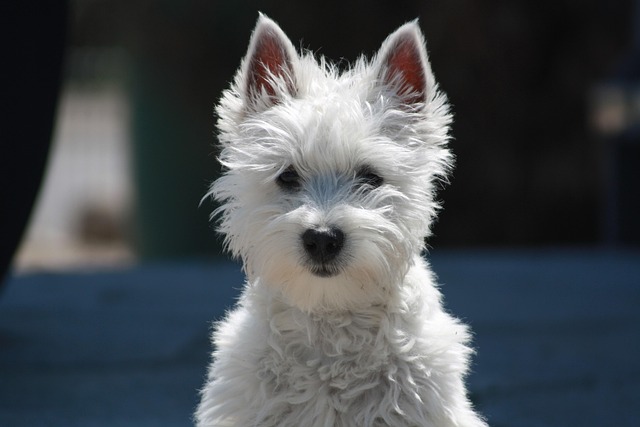
In apartments, sound matters: a white noise machine can muffle hallway noises that might trigger anxiety. Keep their “safe space” (a bed by the window) free of tempting items—no shoes, no remotes. When you return, ignore them for 2 minutes (fussing over them reinforces “you leaving = big reaction”). Always pack poop bags on walks (Chicago fines $150+ for slacking) and keep their rabies vaccine current; most doggy daycares (great for social breeds) require proof. Never scold them for the mess—they won’t connect the punishment to the earlier chewing, and it’ll make them more anxious when you leave next time.
By month’s end, you might walk in to find your dog napping, their Kong empty beside them. That’s the shift: they learn “alone time” isn’t scary or boring—it’s just time to relax, knowing you’ll be back. And when you are? A calm greeting and a short play session will make them look forward to your return, not fear your departure.
